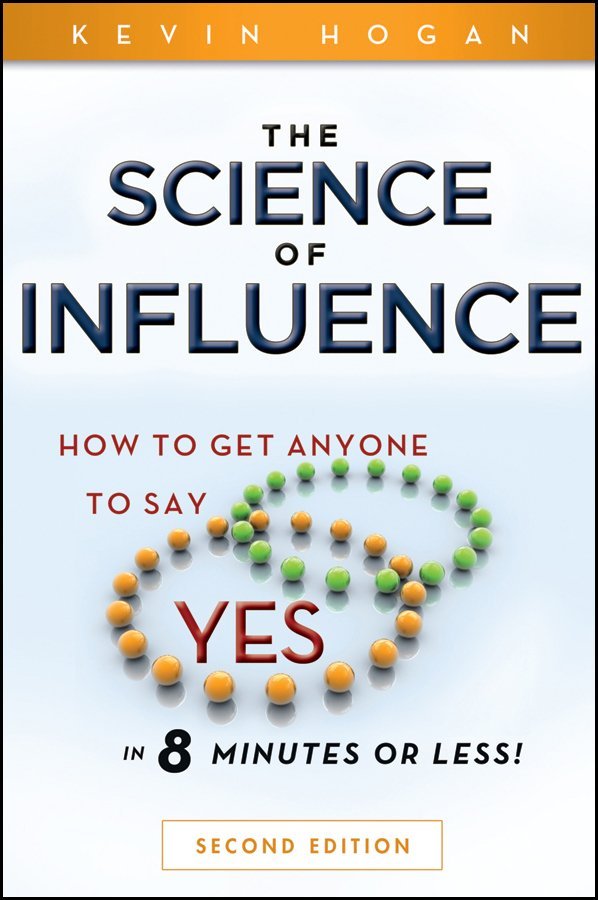
Today you’re going to see the difference between normal male and normal female facial expressions. The picture above is what most people assume will greet them when they walk in the door.
Except that isn’t what happens in the real world.
Decoding Body Language
Normal people behave with a wide range of expressions and as people observe normal behavior, their assumptions, hopes, and wishes are typically not met by what they see. As you can guess, person A often looks at person B and believes that person B is unhappier or angrier or more irritated than they typically are. This perception is almost always – miscalculated.
Today you’ll also gain a few insights into the latest about The Body Language of Power. You’ll find out what touching means.
You’ll see what it means when she smiles and the potential doom of what it means when she looks angry. You’ve not seen this before. It’s got ramifications for everyone to understand. Decoding Body Language is so important in these times.
So many …ok most – books and course material about body language and nonverbal communication are simply…well…cute. With rare exception, they are analogous to a little kid learning from his teacher that 3 + 2 = 5. That night the teacher goes home and says to their new friend, “I teach math,” neglecting…” just not geometry, differential equations, calculus, trig, analysis, algebra, statistics & probability.”
Since I created Influence: Boot Camp, the standard in the field for learning to influence and persuade, there has been a tri-fold increase in what we know about nonverbal communication. The world has shrunk, but culture, contexts, and genetics, remain as the generators of how and why people communicate with their bodies, stuff, and the space around them. Still, decoding body language is not generally well understood.
The average body language book says…
In your average book on body language, you now see pictures of someone in the Middle East making a hand gesture. You see a smile on the face of an Asian with a caption defining what “it means.” It’s…cute. Now you can know there are some broad generalizations about “gestures” but there is no dictionary. And again, today you find out what and why.
Let’s begin with something that is almost taboo in many environments in the U.S.
Body Language and The Touch
Contact is the subject of much controversy in the U.S. There are very different rules for different contexts that don’t exist in most countries. You used to need a Dictionary of Appropriate American Touch Behavior by Work, Park, and Home Guide.
Not anymore.
The better approach seems to be “shake hands and step back.” But is that right? Is that appropriate and correct?
In other cultures around the world, though, there are also norms that exist about touch. There are norms about just how close is close and just where/when touch is OK and where/when touch is not OK.
What is appropriate touch then? Turn the page…





















